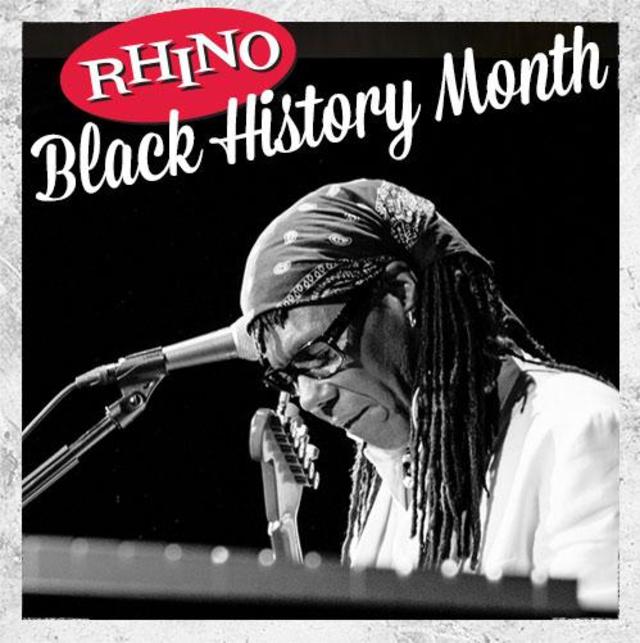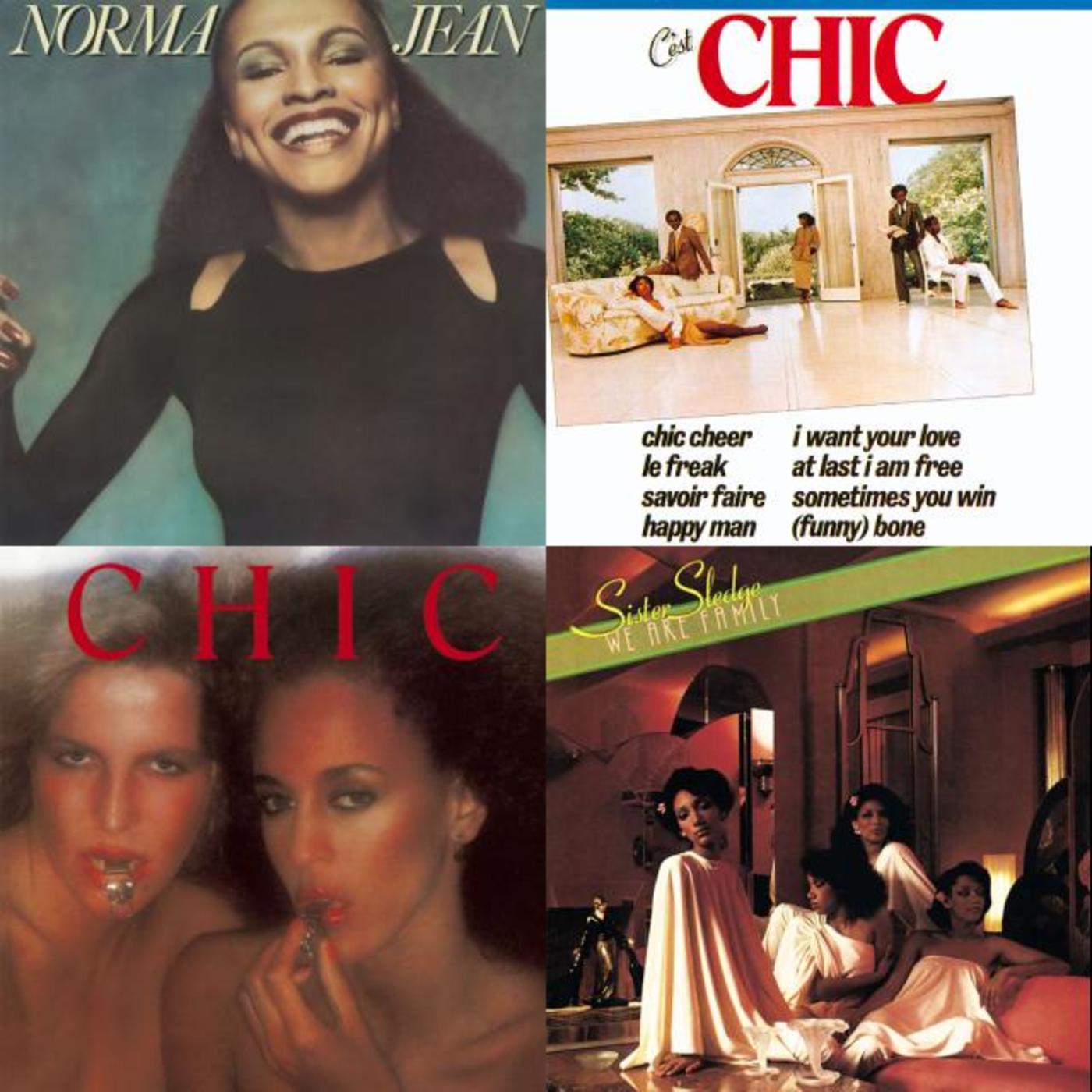Rhino Black History Month: Nile Rodgers

For as wonderful an earworm as the imminently danceable 2013 single “Get Lucky” may have been, arguably the best thing about the song was the fact that it helped introduce a new generation of music fans to the genius of Nile Rodgers. Kids, you remember the gentleman in the white suit and purple hat who was standing next to Pharrell and shredding his way through Daft Punk’s Grammy performance? That guy is a legend, and it’s about time you learned more about him than the fact that he can tear it up on guitar...although that’s certainly not a bad place to start.
Born in New York City on September 19, 1952, Nile Gregory Rodgers got his start the same place a lot of us did: from Sesame Street. In Rodgers’ case, though, it was as a guitarist for the show’s touring band, led by noted songwriter Joe Raposo, the man behind “Bein’ Green” and “C Is for Cookie,” among other classics. From there, Rodgers played in the house band of the Apollo Theater, a stint which provided him with the opportunity to back up more than a few R&B legends, but it was his friendship with bassist Bernard Edwards, who he met in 1970, that put both gentlemen on the road to musical success and superstardom.
After scoring a small hit single (“I’m Doin’ Fine Now”) with their first band, New York City, Rodgers and Edwards enjoyed a brief moment in the spotlight, even touring with the Jackson 5, but they were unable to maintain the momentum with their second album and called it quits. Soon, however, they teamed up with drummer Tony Thompson to form a new band, one which – after a brief struggle with their name – ultimately became known as Chic.
Disco may get a bad rap from some holier-than-thou music fans, but there’s no denying that it was very, very good to Chic, with the band filling the dance floor with such hits as “Le Freak” and “Good Times,” but for Rodgers and Edwards, disco was pretty good for them outside of the group, too, with their contributions to the career of Sister Sledge – including “We Are Family” and “He’s the Greatest Dancer” – making them chart sensations as well. Disco eventually died down, of course, but people still enjoyed shaking their groove thing, and Rodgers and Edwards were more than happy to continue providing them with the material to do so, also working their magic for Diana Ross (“Upside Down”) and Debbie Harry (“The Jam Was Moving”).
Chic may have gone into a state of suspended animation in the early ‘80s – 1983’s Believer would prove to be the band’s last album for almost a decade – but Rodgers remained as hot a commodity as ever, if not more so. As a producer, Rodgers twiddled the knobs for David Bowie, Duran Duran, INXS, Madonna, Thompson Twins, Mick Jagger, Jeff Beck, Al Jarreau, Grace Jones, Laurie Anderson, Eddie Murphy, and the B-52s…and that’s just in the ‘80s! Rodgers also found time to release a trio of solo albums (1983’s Adventures in the Land of the Good Groove, 1985’s B-Movie Matinee, and 1987’s Outloud), and while none of them were huge commercial successes, they provided him with the opportunity to exercise his own creativity for a change.
Rodgers has continued to work steadily throughout the years, composing movie soundtracks, popping in to produce or play on other artists’ records, and getting in on the ground floor of distributing video-game soundtracks with his record label, Sumthing Else Music Works. He also reunited with Edwards in 1992 for what would prove to be the final Chic album, Chic-ism. Although he was diagnosed with prostate cancer in 2011, Rodgers announced in July 2013 that he had been declared cancer free, and since then…well, if you saw the Grammys, you know how things have been going for him since then, and it ain’t half bad.
We’ve put together a playlist of some of Rodgers’ best work with Chic, Sister Sledge, and other artists to whom he contributed songs, and we threw in a few songs from his solo albums, too, so you can be a little better educated about that material, too. Trust us, kids: by the time you finish listening, you’ll laugh at the thought that you ever looked at the credits to “Get Lucky” and asked, “Who’s Nile Rodgers?”


